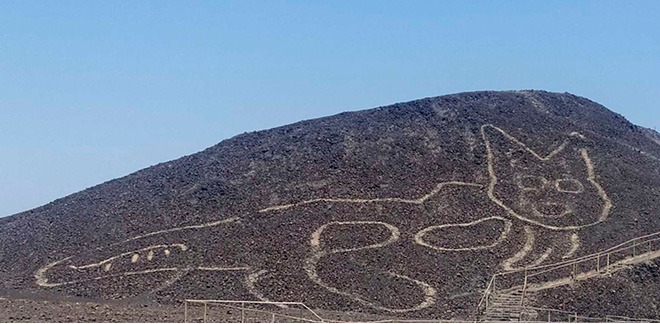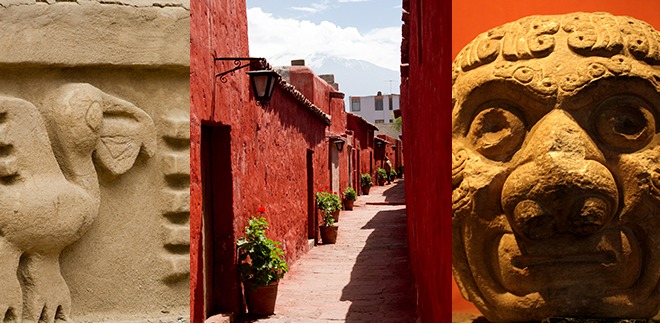Quipu: discover the mysteries of the Inca method of recording information
Síguenos en:Google News
The pre-Columbian era holds enigmas that have been impossible to decipher until now. The quipu, which in Quechua means "knot", is one of these enigmas. According to science, it was used by the Incas as a tool for numerical recording.
At present we do not know the exact date of its creation. Initially, it was believed to have been designed by the Amauta (or sage) Illa, who served the empire during the rule of the Inca Mayta Capac. However, scientific studies have determined that this innovative system was already used during the pre-Inca period and its design was modified over time.
This piece is composed of a main rope from which several cords hang, all made of cotton from guanaco, vicuña, llama or alpaca fiber cotton. A sequence of knots would be placed on each cord that, according to studies, had a specific interpretation.
The twist, style and number of knots implied quantitative information, while the colors around the ties indicated the nature of the object presented. According to scientific data, there are three types: the statistical type, used by the population and the Quipucamayoc, known at the time as an accountant; the ideographic type, used only among those who were educated; and the ideological type of the Amautas, distributed only among high-ranking officials.
The ancestors also used the quipus to keep track of their cattle, barters, harvest dates and religious celebrations. They were used within their communities and also between regions, which at that time were divided into four: Chinchaysuyo, Antisuyo, Contisuyo and Collasuyo. The channel between the sender and the receiver was the chasquis, robust individuals who were sent as messengers.
"It was a method of transmitting information and a record that allowed access to up-to-date information about what was happening in a territory. It formed the basis of the economic and political success of the Inca state", said Peruvian archaeologist Luis Lumbreras in a documentary.
It should be noted that quipus were only used to keep a count or record (in a decimal system), but were not used to make calculations. The Incas used the yupana for this, a kind of abacus that allowed them to settle accounts.
A form of communication
Other data show that quipus were used to record dialogues and tell stories, since it is said that the Quipucamayoc used them to keep a sort of narrative enigma within the complicated knots. According to science, cultures shared information in them about the nobles and the conquests won by the imperial army.
This question then led world-class scientists to conclude that this was their writing system since, unlike other cultures, it was the only one that had not presented another trace of written communication.
In fact, it is said that the quipus used to keep impressive undisclosed details from the time of the Viceroyalty. Their use began to disappear as of 1583, after they were declared idolatrous objects by the Third Council of Lima. Orders were thus given for them to be destroyed.
Ethnic heritage
In 2004, the existence of a place in Peru where the quipu was still used as part of everyday work was discovered. It was in the rural community of San Cristóbal de Rapaz, located 13,450 feet above sea level in the province of Huaura.
This relic is found inside a pre-Inca chullpa (funerary tower) called Cajahuay —counting house— with an approximate length of more than 328 feet. This explains why it is considered one of the largest quipus ever found in history.
For the villagers, it is a tool used especially during the first days of January, as it helps them decide sowing and harvest dates. They also use it to consult frosts and even lunar cycles.
Sources: El Comercio/ EFE/ BBC/ UNMSM/ National Geographic








